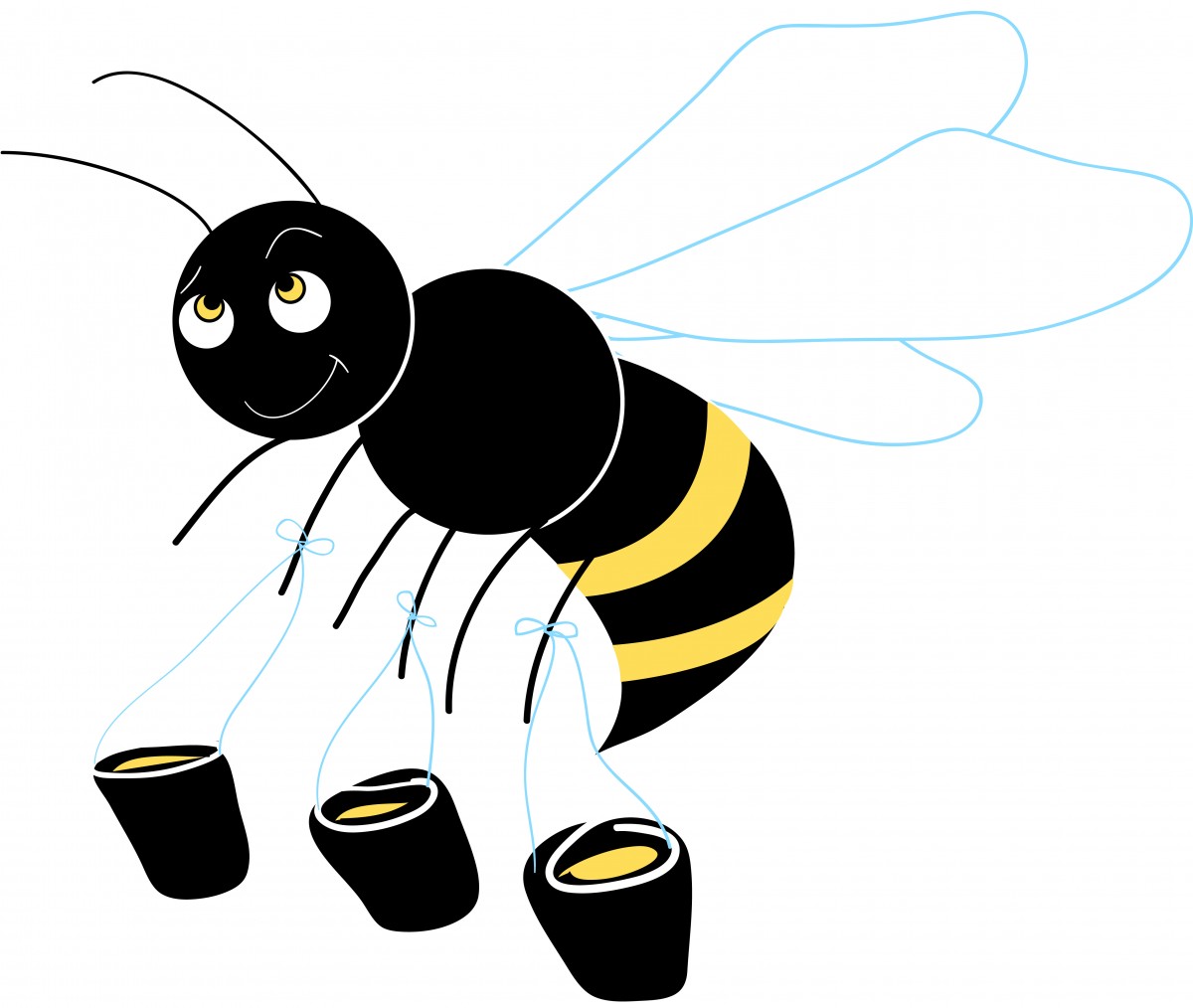We at DFC have cleaned a lot of mystery residues off of hardware in our time. Cherry cola in a keyboard, lunch grease in a trackball, corrosion of all kinds — you name it, we’ve pried it off some computer part.
Thankfully, we’ve never come across a cleanup job like Eliot Curtis did recently. A broadcast operations manager at the San Francisco CBS station, as well as a hacker in his private life, Curtis volunteered to restore a Buchla Model 100 synthesizer for California State University East Bay  Campus. A model of early synthesizer that helped usher in the 1960s mania for electronically generated music, this particular instrument had been languishing in storage since the fad passed.
Campus. A model of early synthesizer that helped usher in the 1960s mania for electronically generated music, this particular instrument had been languishing in storage since the fad passed.
But Buchla Model 100s were also the nexus of a particularly groovy rumour: Designer Don Buchla had connections that cooked up some fabulously powerful LSD, and some Buchla synths, owned by Ken Kesey, were reputed to have had components coated in acid by his Merry Pranksters.
Curtis began cleaning this particular real-life synthesizer and came right up against this rumour — physically.
“As Curtis was disassembling a module that appears to have been added to the Buchla Model 100 after it was delivered to the school, he noticed a crystal-like residue stuck under one of the instrument’s knobs. In an attempt to dislodge it, he blasted it with cleaning solvent and tried to simply rub it off with his finger. Forty-five minutes later, he started to experience a tingling sensation, the beginnings of an acid trip, that would last nine hours. Three separate chemical tests later identified the crystallized substance as lysergic acid diethylamide — or LSD — which can be absorbed through the skin, and can survive for decades.”
As a former chemist, I find this story fascinating and went on a deep dive into the varying opinions on how long LSD can last in the open air. Most commenters on Curtis’s accidental trip claim it’s a tall story: LSD is pretty unstable in its pure form, and in its most common format — a liquid, usually soaked into the absorbent paper. Exposure to heat, light, and oxygen over a large surface area can cause it to break down within months.
However, pure acid was frequently stabilized with additives before sale. Additionally, the relatively large mass of crystallized acid found under the Buchla knob could retain potency deep in its centre, especially in the cool, dark, and undisturbed conditions in which the synth was stored.
From inspiring musicians and Silicon Valley innovators to alleviating end-of-life anxiety, LSD has many uses. Add to this list an excuse to bunk off work for nine hours! Kidding aside, getting dosed without preparation can be scary. Whatever Curtis’s experience was, I’m glad he made it out intact, to service many future synths — with gloves on, next time.

If you’re anything like me — an apian layperson — when you hear the word “bee,” your mind immediately fills with terrible visions of colony collapse disorder, leading to no more honey, and then leading to the end of all life on earth.
But, if you’re anything like me — an environmental catastrophizer — you’ll also have made a bit of a leap in logic in the above paragraph. Honey bees, with their industrious culture and their cute looks, are the poster children for the bee-pocalypse that threatens our world. But, they are only one of the nearly 20,000 species of bee that plies the skies worldwide, and are relatively new to Ontario (home to 400 bee species!). Our plants and crops are pollinated by many, many creatures of varying precarity, but the honey bees are doing remarkably okay — and that’s a problem for everyone else. Bloomberg has a fascinating pocket-cast on this phenomenon and cites biology professor David Goulson’s frustration.
“Honeybees are essentially livestock, Goulson says. They’re kept in manmade structures where they’re given food and medicine, and then they’re deployed by the millions to perform a specific agriculture function. All that special treatment makes them a poor symbol for the environmental problems faced by the many other species of bee, he says.
‘I get really frustrated when people talk about “the bee,”’ Goulson says. ‘They’re usually talking about honeybees, or maybe they’re just talking about bees and they don’t realize there’s more than one species.’”
All bees do benefit from the attention drawn by the charismatic honey bee, it’s true. But it’s imperative that differences in species be respected when it comes to human interventions. I’m thinking of the phenomenon of bee hotels: little houses made of untreated wood, with holes of varying size drilled in to provide shelter for colony-less mother bees and their eggs.
Piloted in Amsterdam in 2000, the hotels, and corresponding intensive plantings of local flora, are responsible for increasing the local bee population by a whopping 45%. Now trending worldwide, bee hotels in private gardens and in parks must be designed with local species in mind: to use the Dutch example, tube nesting bees number only three species, and will refuse to nest in tubes that are not 2mm to 10mm in diameter. Larger holes permit colonization by parasitic wasps and flies, and provide a foothold for mould — defeating the purpose of an insect refuge entirely!
I’m tempted to do my research and build a little bee hotel chez DFC since I was given instructions here on how to build one. Even if the honey bees in our community don’t need it, I’d love to help out some of the other species that take care of pollinating our food and flowers. I deeply appreciate their efforts — and, if I get the design right, they will hopefully appreciate my efforts in return.
Among the many reasons why I’m glad I’m my own boss, knowing I’ll never fire myself for being obsolete ranks high! But there are many jobs out there that are threatened by mass automation — from the obvious data entry gigs and telemarketing to the startling library technician jobs, and, I’m sure, personal assistants.
But new research is showing that replacing all human employees in industrial working environments with automation is — against all assumptions — not the most efficient option. 
A co-pro between the Universities of Göttingen, Duisburg-Essen, and Trier, the study has recently been published in the International Journal of Advanced Manufacturing Technologies. In it, the team presented a challenge to three different teams of workers, sporting varying levels of automation.
“The research team simulated a process from production logistics, such as the typical supply of materials for use in the car or engineering industries. A team of human drivers, a team of robots and a mixed team of humans and robots were assigned transport tasks using vehicles. The time they needed was measured. The results were that the mixed team of humans and robots were able to beat the other teams; this coordination of processes was most efficient and caused the fewest accidents. This was quite unexpected, as the highest levels of efficiency are often assumed to belong to those systems that are completely automated.”
These results give a ray of hope to humans currently working in industrial fields who have thought, until now, that robots would be taking over their positions. The combo — of human logistical capacity, and the tolerance of repetitive tasks — could be well nigh unstoppable.
This is certainly a rosier vision of the automated future than we have been led to believe. While we’re nowhere near the fifteen-hour workweek predicted by John Maynard Keynesin the early 20th century, neither are we staring down the barrel of life under Skynet. Here’s to a future for both humans and robots, working together to make life better for all!

I love this part of spring — all the early snowdrops and crocuses have had their time, and the gardens are now filled with my favourites: showstopping tulips. It’s early enough that I’m still surprised by their presence. Soon we’ll be seeing all kinds of wonderful summerflowers in our neck of the woods, including roses of all stripes.
A team out of the University of Texas at Austin has taken inspiration from nature and looked to the rose for help with one of humanity’s biggest problem: sourcing clean water. The team sought a more efficient method of solar steaming — a process by which the heat of the sun is used to evaporate water up and away from contaminants, then collected and condensed back into clean drinking water. (Much like the principle of the solar still in that episode of Voyage of the Mimi.)
Current solar steaming technology is generally bulky and stationary. In order to have a real effect on water quality and availability in places it’s needed, portability and efficiency are key. The new system attempts to remedy this. As outlined by the team in a recent issue of Advanced Materials the solar steamer is inspired by an origami rose, featuring “petals” made of black paper coated with polypyrrole, all surrounding a collection tube that acts much like a stem. From UT Austin’s press release:
“[Leader Donglei (Emma)] Fan and her team experimented with a number of different ways to shape the paper to see what was best for achieving optimal water retention levels. They began by placing single, round layers of the coated paper flat on the ground under direct sunlight. The single sheets showed promise as water collectors but not in sufficient amounts. After toying with a few other shapes, Fan was inspired by a book she read in high school. Although not about roses per se, ‘The Black Tulip’ by Alexandre Dumas gave her the idea to try using a flower-like shape, and she discovered the rose to be ideal. Its structure allowed more direct sunlight to hit the photothermic material – with more internal reflections – than other floral shapes and also provided enlarged surface area for water vapor to dissipate from the material.”
The device decontaminates the water from bacteria, heavy metals, and sea salt, and makes it fit for human drinking according to standards set out by the World Health Organization. Again, science looks toward the designs of nature for solutions to our problems. It is fitting that the rose — the harbinger of summer, subject of poetry carrier of centuries of symbolism — should find its form harnessed for our very human needs!